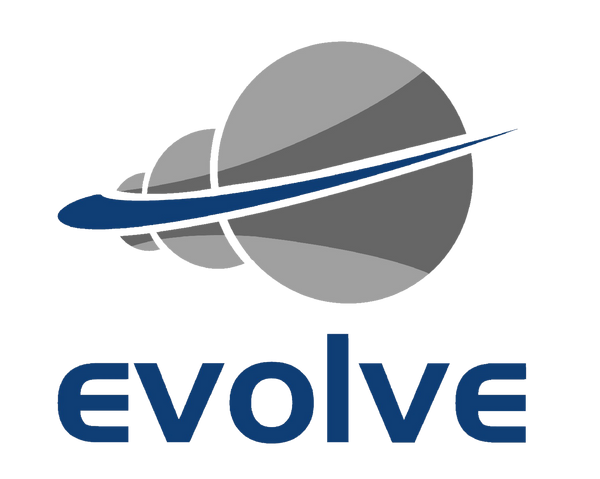
What is a facial recognition attendance system?
Share
Facial recognition technology has come a long way. Once relegated to the realm of science fiction, facial recognition soon found real-world application in police stations, airports, and hospitals around the world. And, with Apple’s users also leveraging facial recognition’s security benefits to unlock devices and verify mobile wallet transactions, it’s quickly becoming an ever-present in our daily lives.
But there’s another (oft-overlooked, and criminally underrated) usage for this futuristic technology. It’s slightly less glamorous than Apple’s latest offerings, sure – but it’s capable of revolutionising your workplace more than the ever.
It’s called a time and attendance system, and it uses facial recognition to allow your staff to sign into work quickly and safely. Unlike their fingerprint-based counterparts, facial recognition attendance systems are hands-free; helping reduce the spread of viruses, and prevent buddy punching. And, unlike basic proximity devices, they don’t require a key fob or card that can be easily misplaced.
But which facial recognition attendance system is right for your business? Whether you want affordability, functionality, or unadulterated aesthetic appeal, read on to explore our top five facial recognition attendance system picks for UK SMEs.
What is a facial recognition attendance system?
A facial recognition attendance system is made up of two parts.
Part one is the hardware, which consists of a clocking-in device. This will usually sit just next to the entrance to your business’ premises, on the wall of your lobby or front office, or in the staffroom. The clocking-in terminal will scan your employee’s face, verifying their identity and recording the time of their sign in.
Part two is the software. Time and attendance software works with both the facial recognition clocking-in device and your existing back office processes. It automatically turns the raw data collected by the machine into easily exportable reports you can use for payroll and HR purposes.
Was Liam’s lateness this morning a one-off, or part of a pattern? Was Marina properly compensated for her overtime last Thursday? Facial recognition attendance systems make absence disputes, holiday pay confusion, and shift pattern chaos all things of the past.
You can also use the software to manage users of the system, and add and remove people from it as necessary. Many facial recognition attendance systems also offer access control, meaning employees will have to verify their identity to gain access to your premises, or particular rooms within it.
